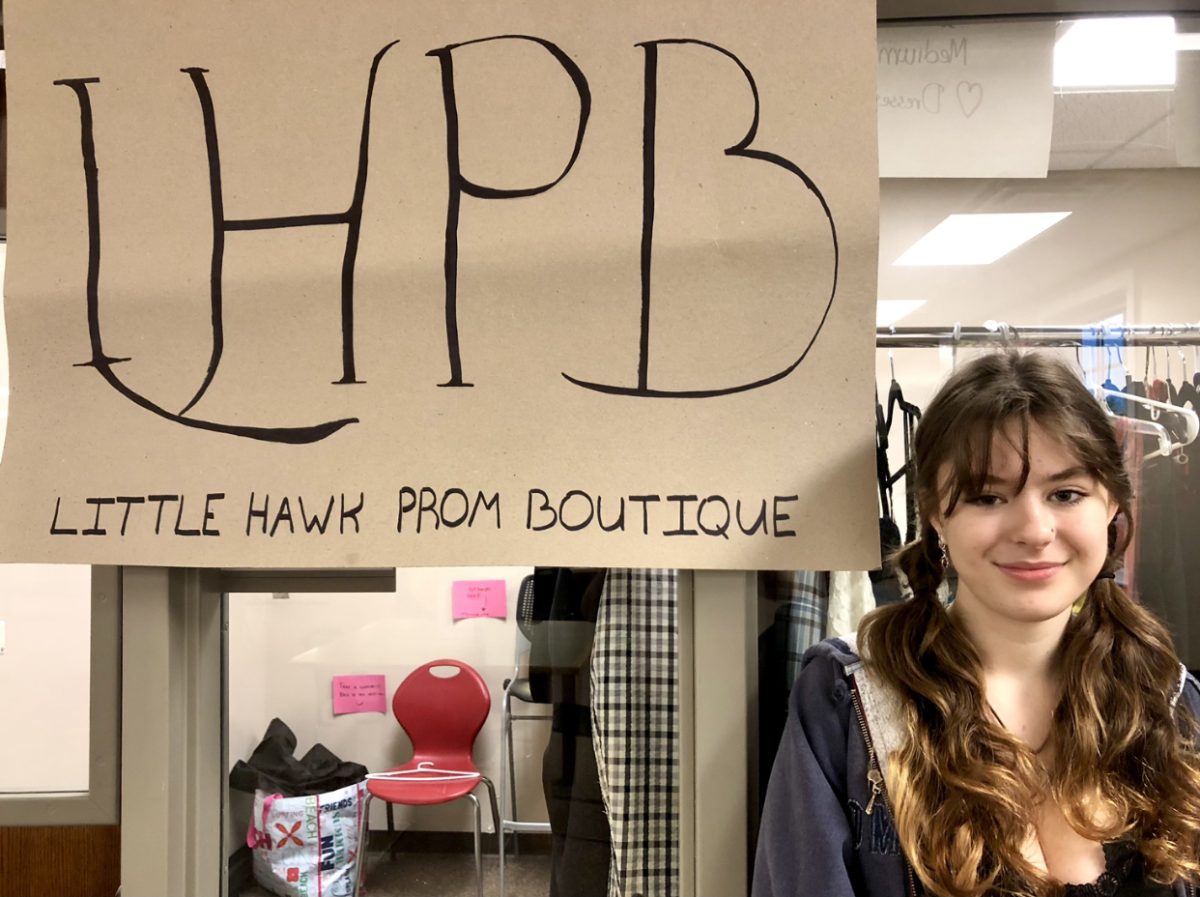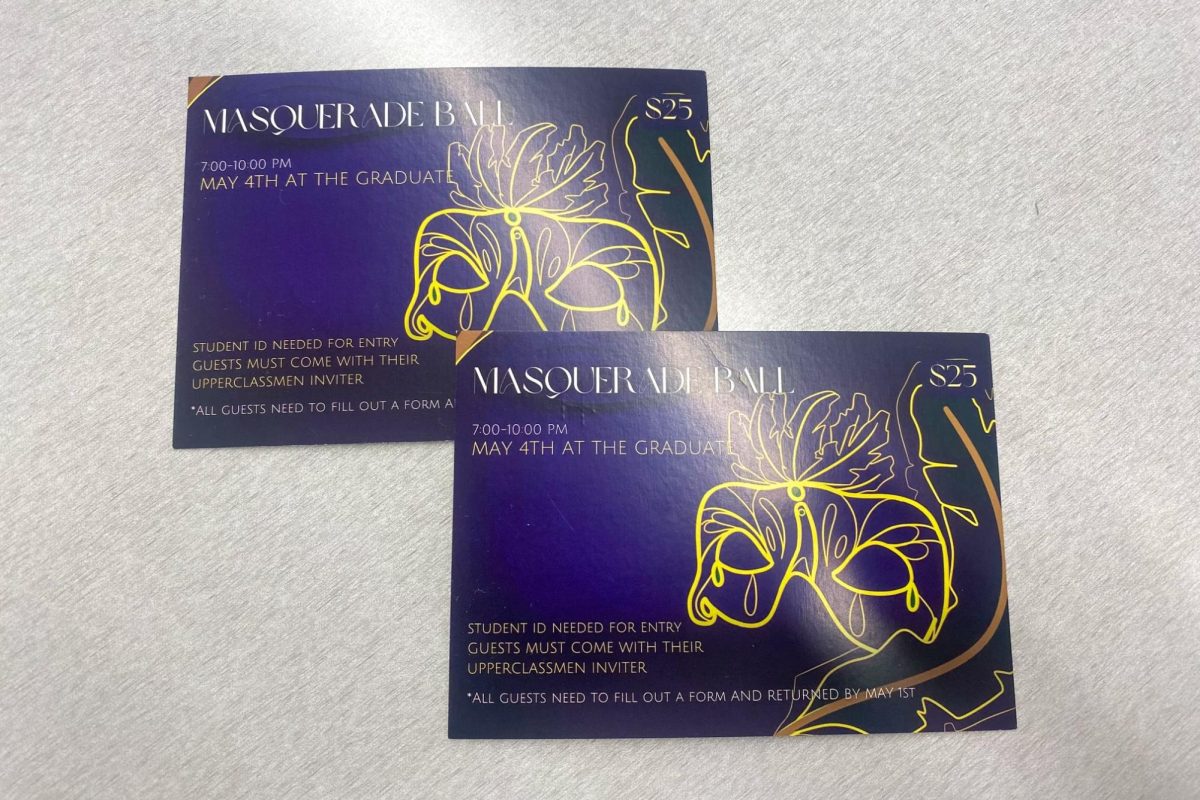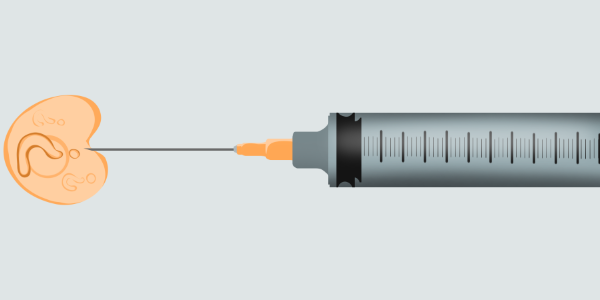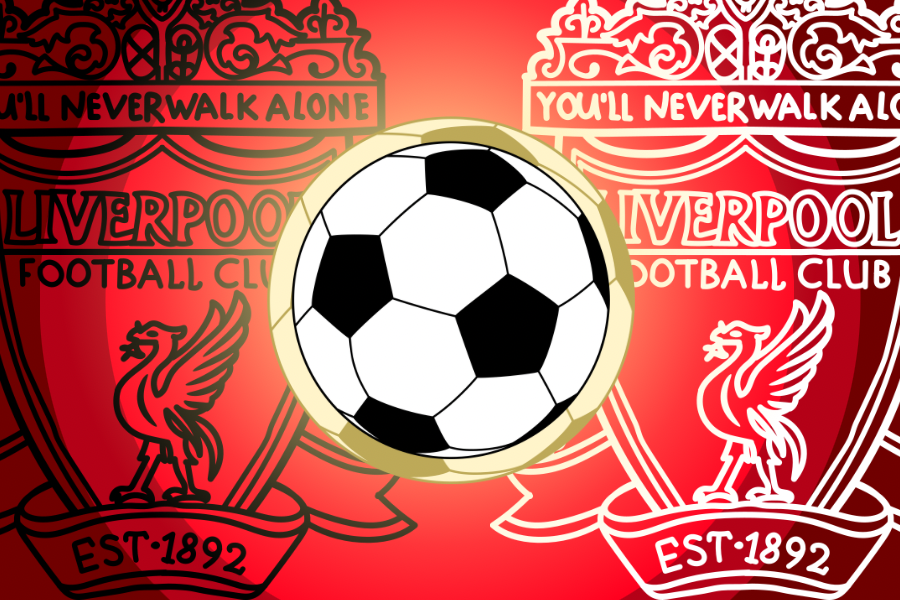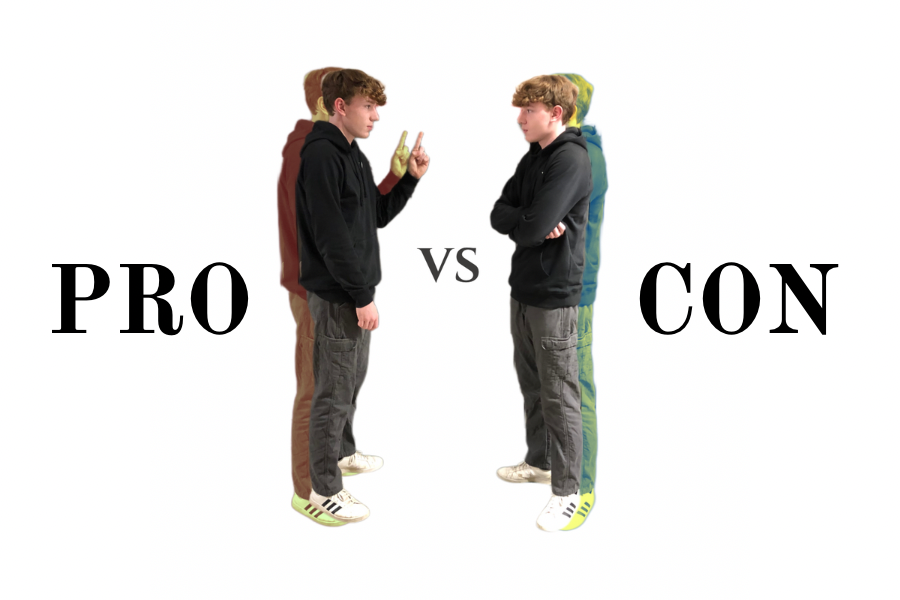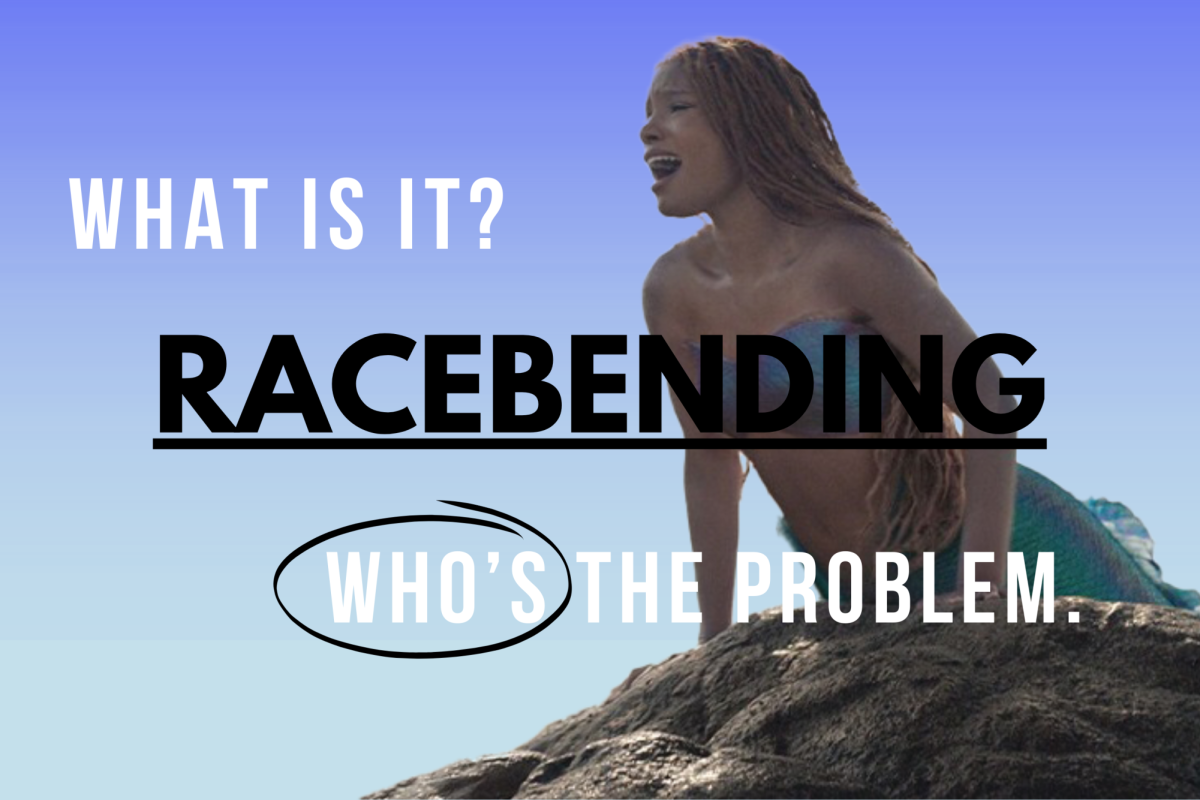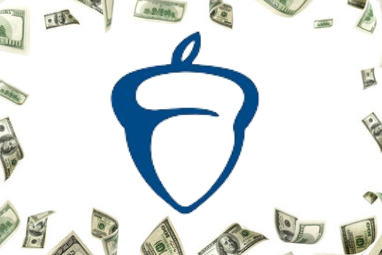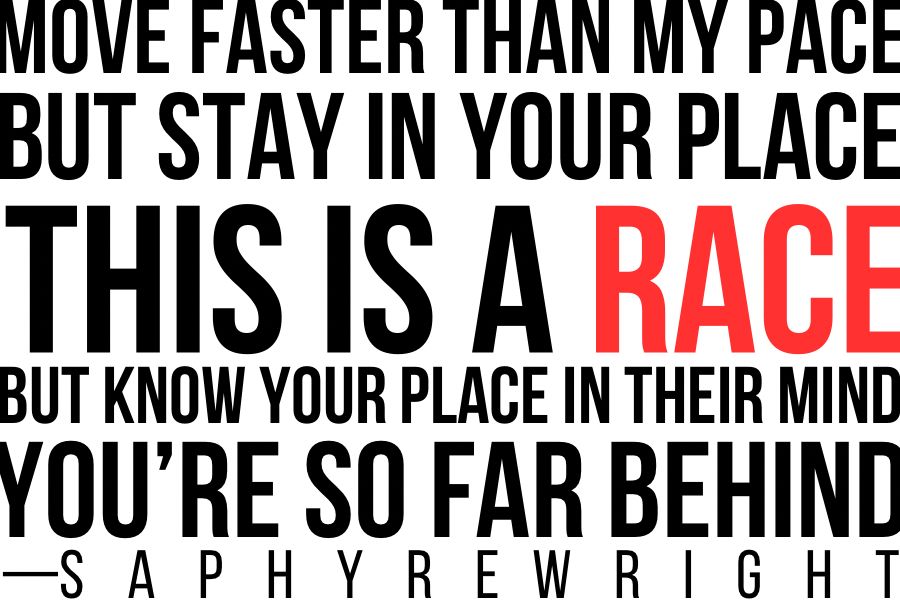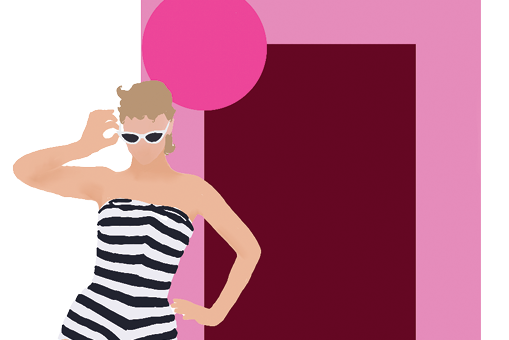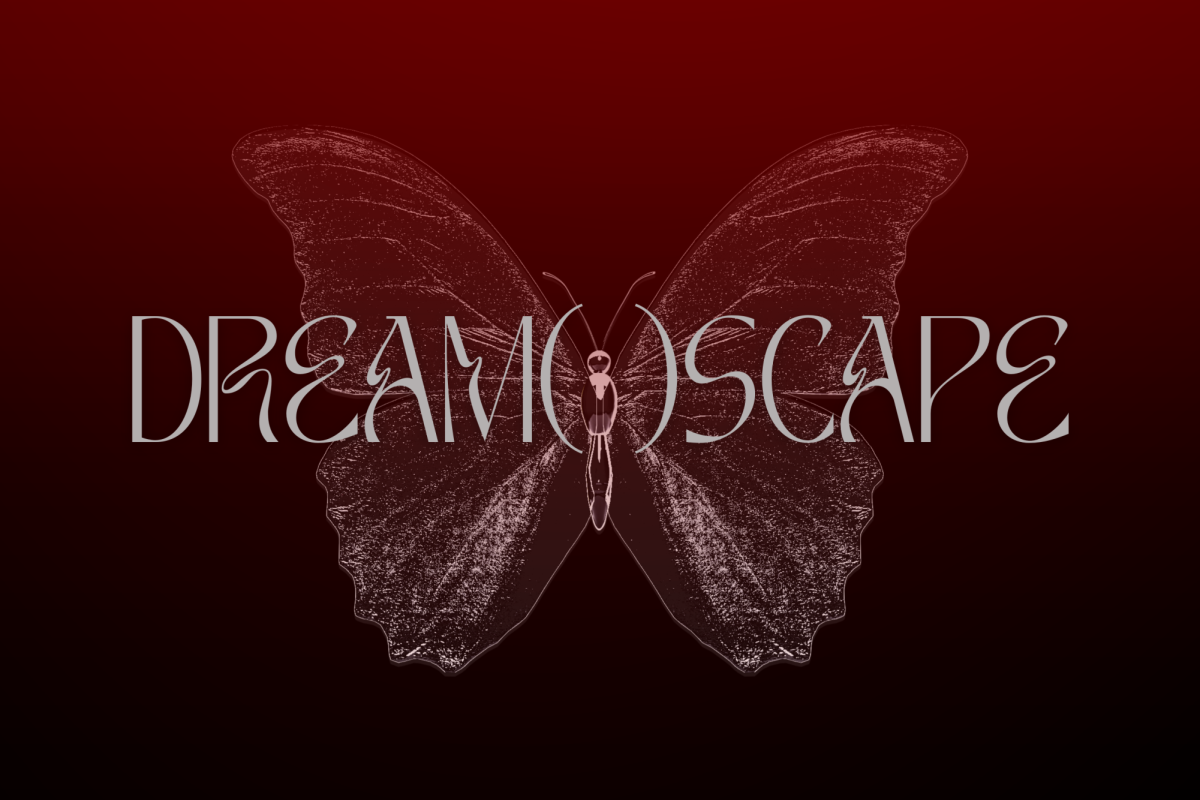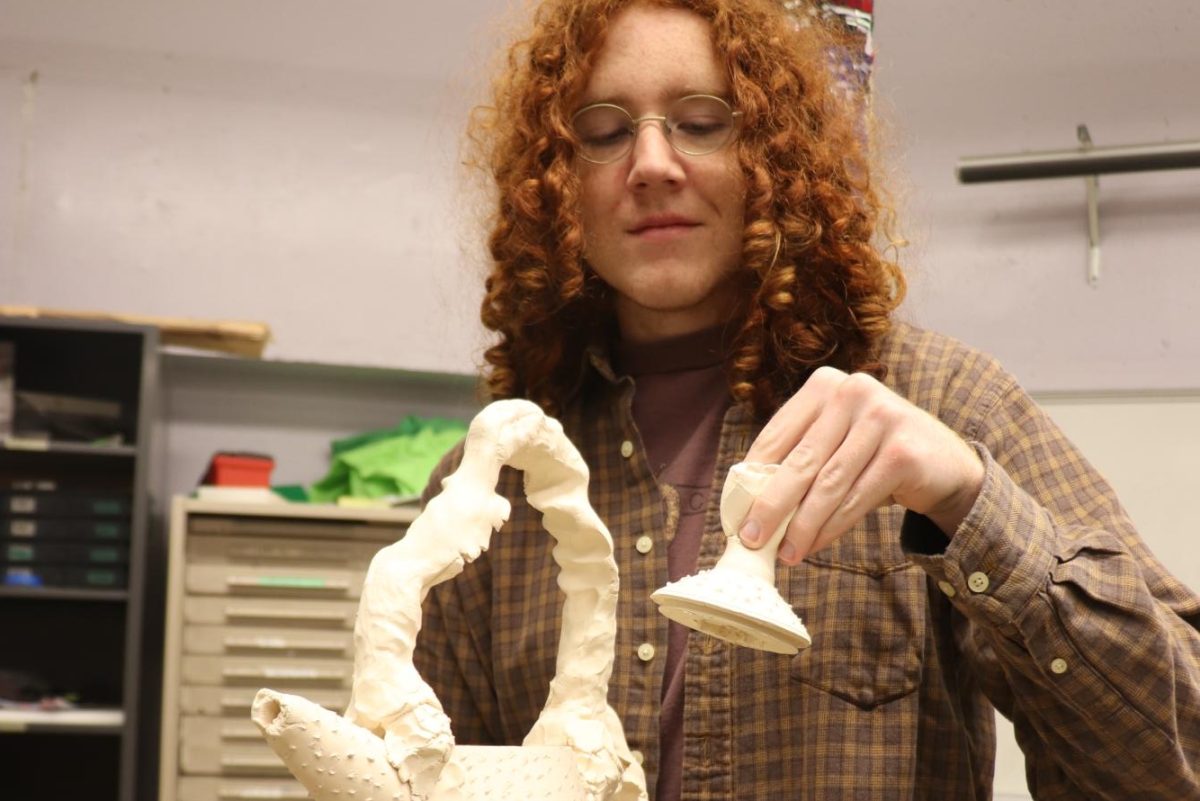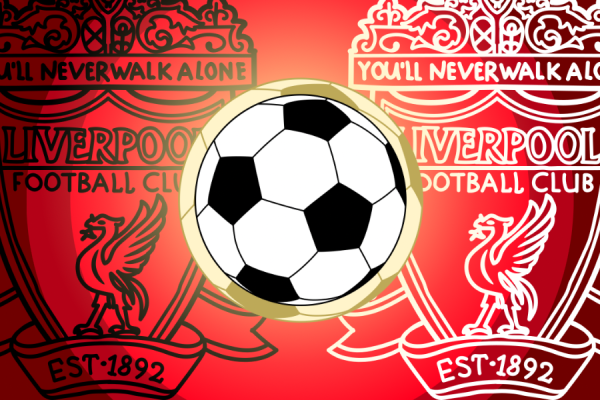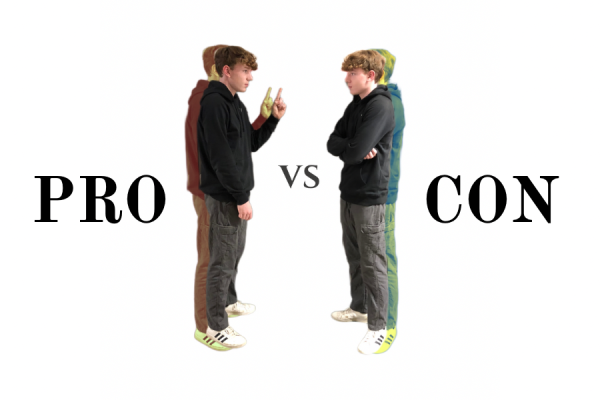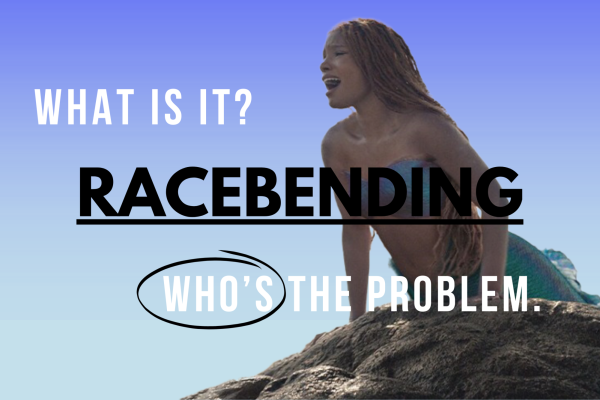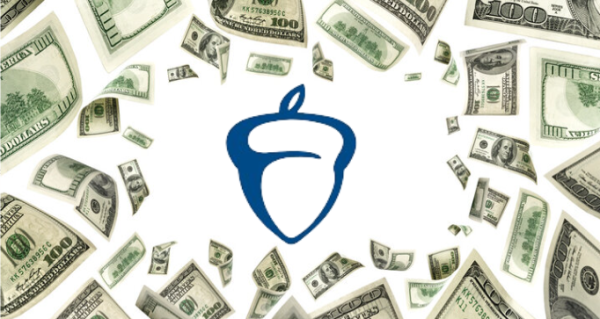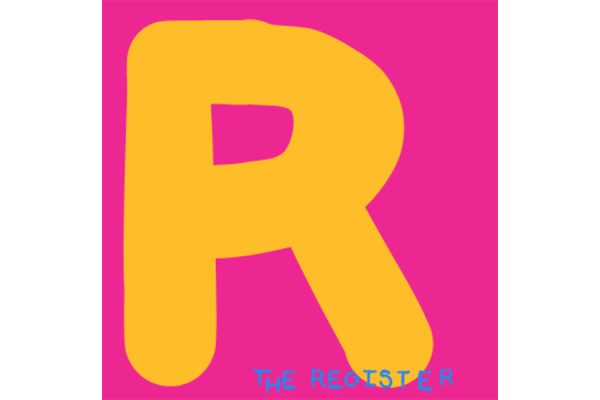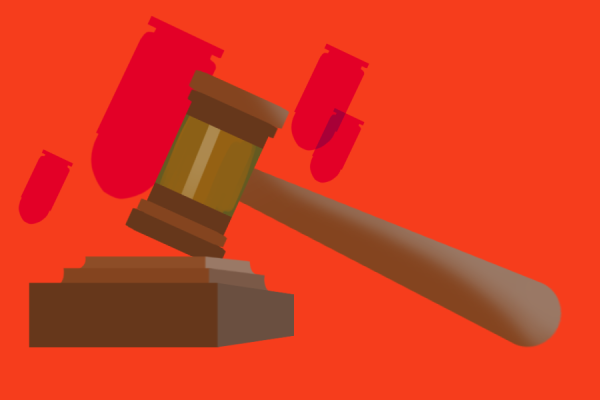Labels: To Stay On Clothes Racks or To Be Put On Humans?
Like items lined up in crisp aisles to be sold and bought, we throw labels onto ourselves. Gay, straight, and everything in between. Snip the tag that’s tied around our fingers and what are we? Still human. Is it really a necessity to file ourselves under copious amounts of labels?
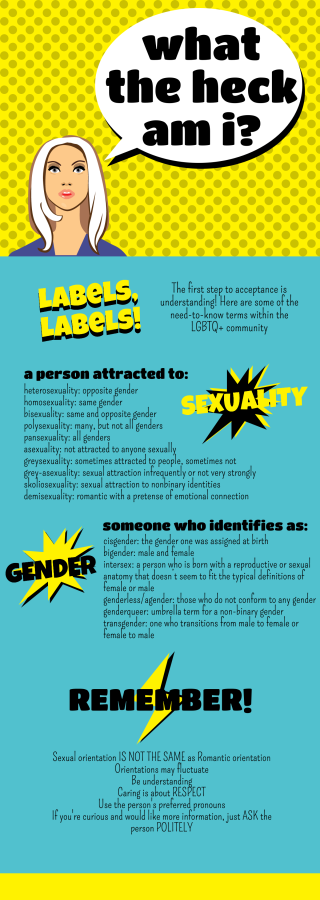
The answer is elusive, both a yes and a no.
On one hand, many embrace their labels, allowing them to connect themselves to others like them. Temporary supports or longtime companionships, these relationships bind and allow for protection or relief. Like friends who hang out together in the same clique, those who identify as a specific sexual orientation or gender identity may feel safer or happier in their respective niches.
On the other hand, labels are stifling. Those who struggle with finding themselves feel pressured to classify themselves, the process adding unneeded stress and hassle. One might label themselves as the “wrong thing” and find them questioning the entirety of their life. An existential crisis at only 16!
What can you do? Reject the concept of needing to label yourself. If you want to label yourself for your own benefit, then you do you. Embrace your sexuality and gender, and don’t let anyone tear you down. But what can others do? Understand. Simple? In theory, but in reality it is far more complex.
Gay and bisexual are terms we hear most often, however, throw in terms like pansexual and asexual and you get confused with someone with an affinity for kitchen equipment and a single celled organism. The boundaries
of sexual orientation are muddled at best, but with the advancement of the LGBTQ+ wave, confines are broadening and more and more are getting left in the back of the dank, dark closet.
Firstly, sexual attraction does not equal romantic attraction. It is possible to feel sexual attraction without feeling romantic attraction and it is possible to feel romantic attraction without feeling sexual attraction. It all really depends on one’s tastes and preferences.
Second, there is not just two genders. Two sexes, yes. But there are a plethora of identities one may choose to establish as their own. When it really comes down to it, sex is biological — medical terms, chromosomes, hormones, gentalia. Whereas gender is masculinity, femininity, and the societal standards of such.
We are born as male or female, but we choose to identify as whatever it is that we wish. Males don’t necessarily grow up to be males; some choose to be females or have no gender at all.
The problems lies not in people who are close minded and decide to not acknowledge other identities as genders, but in people who don’t realize these genders are even real.
The true key to labeling and sexuality and gender identity is respect. It is easier said than done at times, but simply sitting down and lending an ear to someone clears up the world to them, and in turn, it might help you learn about yourself.
Sexualities are never clear, and if they are, then terrific! But the truth of the matter is, not everyone has a firm grasp on who they are because of many circumstances (sometimes it’s dangerous, sometimes it can kill you) and they may decide to change from one thing to another — think of it as changing in the morning, deciding what to wear for the day. You may try on one thing and like it before it’s midday and realize that your pants are just a bit too tight.
Sometimes labels are deceiving and sometimes, that’s just alright.
Your donation will support the student journalists of Iowa City High School. For 2023, we are trying to update our video and photo studio, purchase new cameras and attend journalism conferences.

Hi! I'm Nina, pronounced nine-nuh. Taylor is my partner in crime and I want to be your eyeliner goals.



